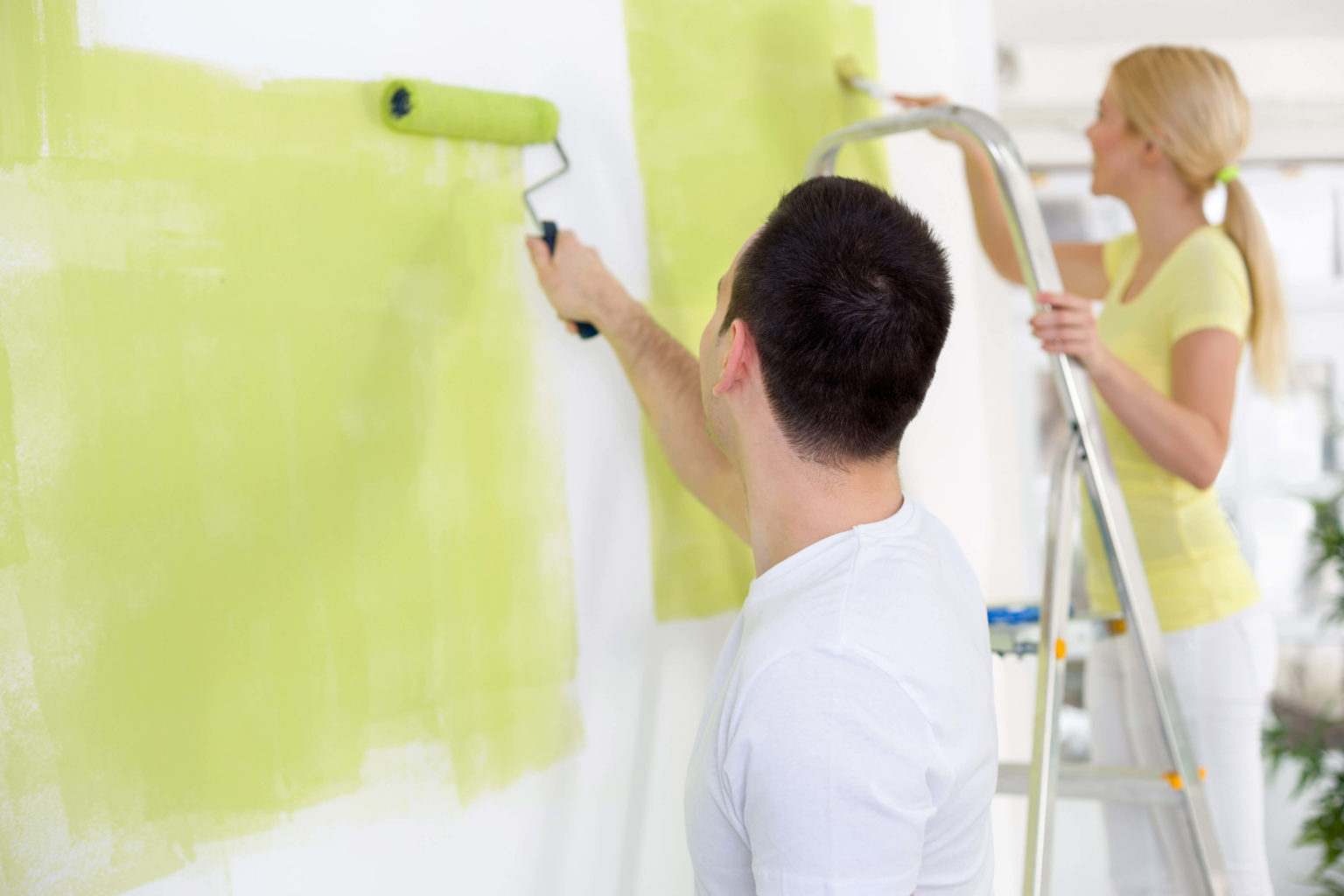Step-By-Step Instructions for Painting

Amateur house painters have never received more help than they do now. In recent years, many new paints and equipment have been introduced on the market, allowing weekend handypersons to paint their houses almost as quickly as professionals. From single-layer coatings to disposable burners, everything is designed to make work faster, look better, and cost less.
With the new outer roller, you can paint a medium-sized house in a few days. Add an extension, roll the terrace without bending over and reach the roof without leaving the ground.
Draw hard
How to solve problems for you with professional tools with built-in expertise.
You don't have to spend a lot of time preparing and cleaning up. Pre-mixed paint, an electric drill attachment, and a self-dose gun shorten the preparation time. The cleaning work is the tedious work of treating rubber paint with soap and water or the tedious job of quickly immersing the oil in a special detergent. Disposable wipes and paper paint buckets can only be used once and thrown away.
In this section, you will find some tips and tooltips that will make it easier for you to paint your house than before-not as the "professionals" do, but the effect is about the same.
The term paint includes paint, varnish, enamel, shellac, varnish, and stains.
• The paint is composed of mineral pigments, organic vehicles, and various diluents.• Varnish is a resin dissolved in an organic thinner.
• Enamel is colored paint.
• Shellac is shellac soluble in alcohol.
• The paint can be colored or clear-the liquid part is usually treated with nitrocellulose dissolved in a thinner.
• The stain can be pigmented oil or a penetrating type.Many of these materials, such as paints, varnishes, and varnishes, were developed for specific purposes:
• House exterior paints and varnishes can provide good service when exposed to these elements
• The formulation of the interior wall paint offers excellent coverage and washability.
• Floor enamel can withstand wear.
• The color is designed to dry quickly.
• some formulas provide additional self-cleaning, steam proof, waterproof, hardening, flexibility, mildew resistance, discoloration resistance, and breathability.
Interior coatings are used to obtain pleasing decorative effects, improve sanitary conditions and insure better lighting. These paints can be divided into four types: wall primer; flat, semi-gloss, and glossy one-story apartment; and watercolor.
Wall primer or primer sealant should be applied directly to exposed plaster, wallboard, and similar porous surfaces to provide an even, sealed surface for subsequent paint coatings. A typical wall primer can be made with varnish or oil and concealed paint on the car's underbody. It is intended to penetrate only slightly into the porous surface.
The primer is best applied with a wide-wall brush.
Single-coat flat coatings have been diluted with organic solvents and are designed to provide primer, sealant, and topcoat in one operation. They are usually sold as thin pastes, so additional inexpensive diluents can be added and mixed before coating to increase the amount of paint by a quarter or more.
Flat, semi-gloss, and gloss interior paints and varnishes vary in gloss, opacity, and other properties. The paint with the best hiding power usually has the lowest front, although some modern high-gloss colors also have good hiding power.
The interior wall paint diluted with water is calcitonin, casein, resin-emulsion, and bright watercolor. Calcium cyanamide is made by mixing powdered chalk and clay with a binder of animal glue and preservatives. It cannot be repainted, but it can be easily washed off before redecorating.
There is no need to remove casein before recoating, but if necessary, it can be softened by washing with hot trisodium phosphate solution. Resin emulsion paint sold in paste form must be diluted with water, and if properly prepared and applied, it must adhere well to the plaster and act as an excellent decorative medium. As long as the paint films are in good condition, there is no need to remove them before redecorating them. This also applies to glossy watercolors.